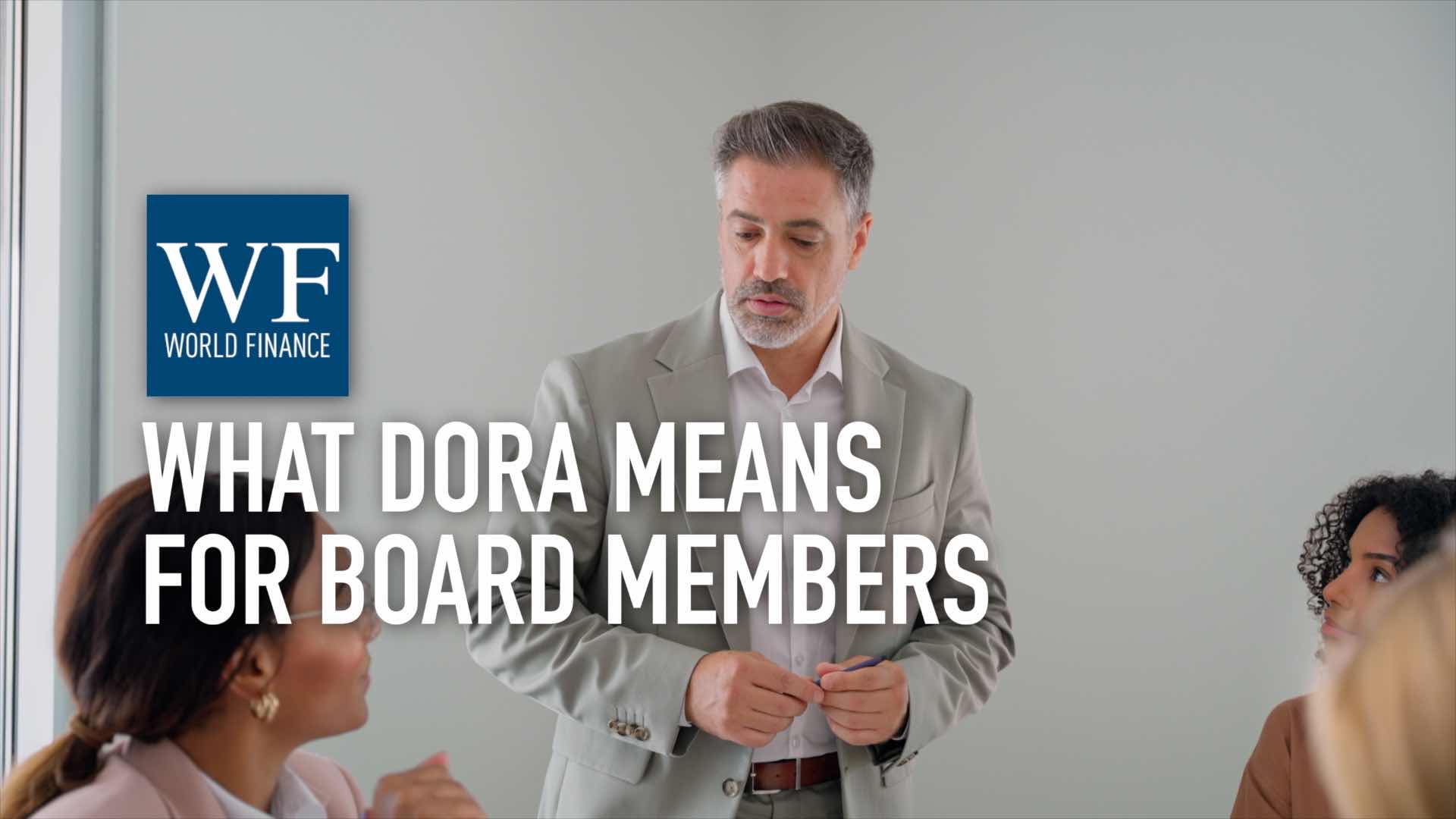Orlando Cabrales Segovia | Agencia Nacional de Hidrocarburos | Video
World Finance interviews Orlando Cabrales Segovia, Vice Minister of Mines and Energy for Colombia, on the country's expanding hydrocarbon sector
Related:
Transcript
Colombia’s Agencia Nacional de Hidrocarburos was formed in 2003 in response to the need for a separate regulatory and administrative body. Talking to World Finance about Colombia’s hydrocarbons Industry is Vice Minister of Mines and Energy, Orlando Cabrales Segovia.
World Finance: Colombia’s hydrocarbon sector has seen some impressive changes over the last decade, tell us more about these developments
Orlando Cabrales Segovia: Yes, I mean really the Colombian energy sector has experienced a huge transformation over the last 10 years. We have almost doubled our crude production over the last seven years, we are producing over 1million barrels of oil per day. In terms of exploration, we have been increasing our exploration indicators, last year we achieved a record figure in the country 131 exploratory wells were drilled last year. It is a significant transformation that we have experienced over the last ten years.
“One of the key challenges for Colombia is increasing our R/P ratio”
World Finance: So what is the importance of the reserves/production factor in the development of the sector?
Orlando Cabrales Segovia: Well one of the key challenges for Colombia going forward is increasing our R/P ratio, reserves/production ratio, today our ratio is 7 years which is not much. We have also been increasing our reserve numbers, last year we ended up with almost 2.4 billion barrels of crude oil, which is not much, so our main challenge remains to increase the incorporation of our reserves, and to increase that r/p ratio.
World Finance: Tell us more about the reserves that you currently have, and the technology you are using to track these reserves
Orlando Cabrales Segovia: Well the incorporation of reserves that we have been having over the last years comes mainly from increasing the reoccurring factor of our existing fields. Today on average the reoccurring factor in Colombia is about 18-19 percent, so we have planned to increase that number by 10 percent over the following 20 years. By doing that we can increase, we can add up 3 billion barrels of oil reserves. That is number one. Number two is to open up new frontiers, new exploration frontiers. I’m talking about unconventionals, CBM, coal bed methane, shale gas, tight oil, as well as the off-shore, the caribbean off-shore. And I would say the third one is by continuing doing what we have done over the last years. We have very good potential in the Llanos Basin on the Caguán- Putumayo basin, so we are expecting to see more results over the following years in this area.
“We are expecting an investment of about $5bn to increase our transportation capacity”
World Finance: Now production has grown faster than your transportation capabilities, so what are you doing to address this?
Orlando Cabrales Segovia: That is correct. Our production grew, as I said, much faster than our transportation capacity. We are expecting an investment of about $5bn over the following years to increase our transportation capacity. There is one project which is going to add up 120,000 barrels per day, which is phase number one of the bicentenario pipeline. We have a project which is in the early stages, very early stages, which is to build a facility pipeline to the Pacific. The vast majority of our transportation capability goes to the Caribbean, to the Atlantic, and we believe it makes all sense to have a transportation capacity to the Pacific. In principal, that would be a project of 250, 000 barrels per day, but as I said, it is in the early stages.
World Finance: Aside from conventional extraction, how are you turning towards newer reservoirs such as shale oil and gas?
Orlando Cabrales Segovia: Well last year we set up a new fiscal and contractual framework to attract investment into the unconventionals. We took several measures; the first one our Colombian congress approved a 40 percent discount of the existing royalty rates, so that’s number one. Number two, we extended the development period for companies to develop these resources, from 24 years up to 30 years. We also increased the trigger in our windfall profit provision to 50 dollars per barrel, up to 81 dollars per barrel, so overall we believe and we have seen that the measures have been well received by the investors community, and we are expecting to have a significant investment in the unconventionals in the following years.
“The measures have been well received by the investors community”
World Finance: And finally, what are some of the challenges that Colombia’s hydrocarbons may face in the future?
Orlando Cabrales Segovia: As we mentioned, the increasing the r/p ratio is one of the challenges, to keep the good momentum we have achieved by having more exploration activity, by keeping at least the production levels we are having, to further incentivise exploration in gas, in gas reservoirs. We also have a challenge of improving the time we are taking to grant environmental licenses to the activities, to the exploration and production activities in the country, so those I would say are the main challenges that we are having in Colombia.
World Finance: Orlando, thank you.
Orlando Cabrales Segovia: Thank you Nick, thank you for having me.

 What the Digital Operational Resilience Act means for board members and CEOs
What the Digital Operational Resilience Act means for board members and CEOs What the Digital Operational Resilience Act means for third party ICT providers
What the Digital Operational Resilience Act means for third party ICT providers
